I am having an interesting problem creating the custom tableview I need...
I found this question, but it does not really address my issue...
I am trying to put a subclassed UIView inside a subclassed UITableViewCell. The custom view holds a UIButton and a couple labels. Simplified, it's like this:

Both the custom view and custom tableviewcell have xibs.
MyCustomView.xib's class is set to MyCustomView and I have properties for the labels and the button as well as an IBAction for the button.
MyCustomTableView.xib has a property for MyCustomView and is importing MyCustomView.h.
In MyCustomView.xib, I have this init:
-(id)initWithNibName:(NSString *)nibName nibBundle:(NSBundle *)nibBundle myLabelText:(NSString *)labelText {
//The custom view in the tableviewcell is 69 by 64...
if ((self = [super initWithFrame:CGRectMake(0, 0, 69, 64)])) {
[self setmyLabelText:labelText];
}
return self;
}
And in my TableViewController...
- (UITableViewCell *)tableView:(UITableView *)tableView cellForRowAtIndexPath:(NSIndexPath *)indexPath {
MyCustomTableViewCell *cell = (MyCustomTableViewCell *)[tableView dequeueReusableCellWithIdentifier:@"theCell" forIndexPath:indexPath];
// Configure the cell...
cell.customView = [[MyCustomView alloc] initWithNibName:@"MyCustomView" nibBundle:nil fileContentID:@"Some Text..."];
return cell;
}
When I run the app, the custom tableview cell's contents are fine, but the content of the custom view inside the custom tableview cell is blank.